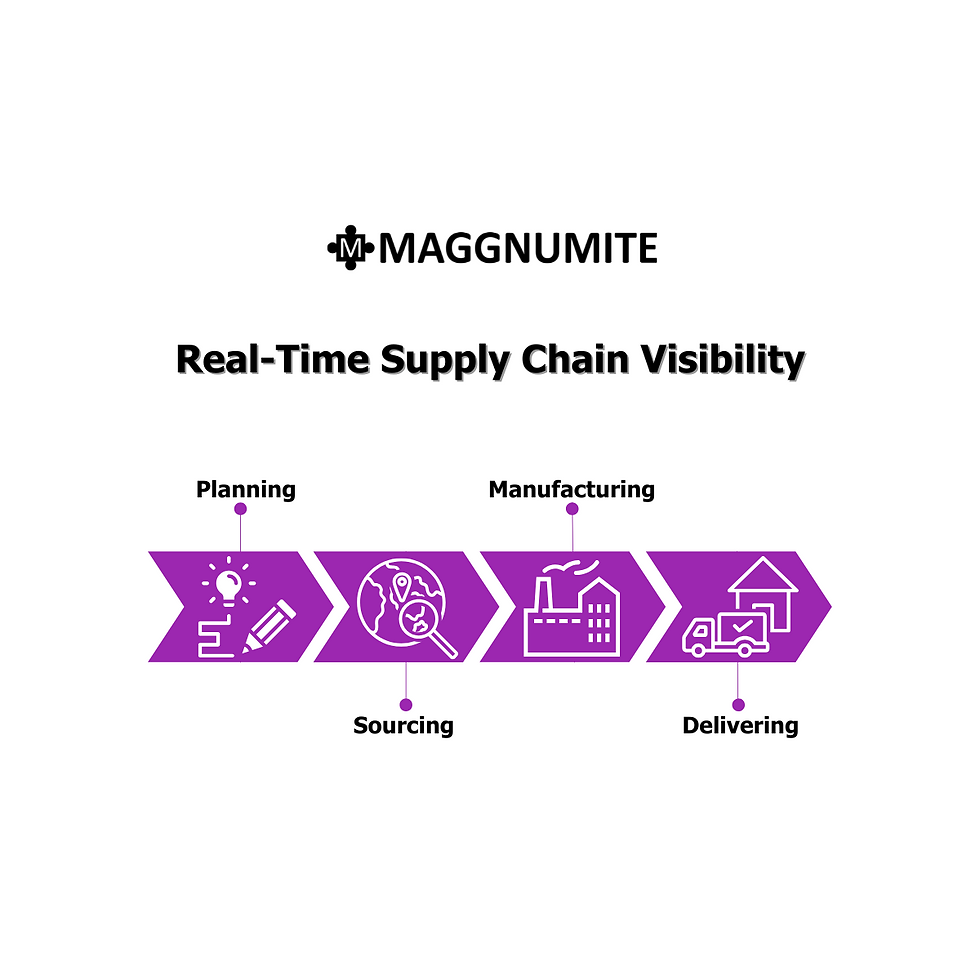When Weeks Can Cost Millions: Supply Chain Readiness in Life Sciences
- Dustin Wanner
- Oct 31
- 2 min read

The Supply Chain Speed Gap
In Life Sciences, production is often measured in microliters and milliseconds — yet supply chain timelines are still measured in months.
The problem is clear:
A shipment of raw materials gets held at customs
A critical API jumps in price due to a tariff shift
A supplier fails a GMP inspection
And instead of pivoting in days, companies are stuck in long onboarding cycles, scrambling for approvals, and watching production schedules slip.
We’ve worked with pharmaceutical, biotech, and medical device manufacturers facing these exact situations. The common thread? The inability to move quickly when a primary supplier fails — and the costs stack up fast.
Why Compliance Is the Hidden Bottleneck
Every supply chain change in Life Sciences has a compliance shadow.
You can’t just swap suppliers the way consumer goods can — you need:
Supplier audits and documentation
Material validation
Quality sign-offs
ERP, QMS, and SCM updates for traceability
When these steps are managed manually, they add months to your response time. And in today’s market, months is a luxury most companies can’t afford.
Two Kinds of Life Sciences Supply Chains
Resilient and Ready
Maintain a roster of pre-approved alternates
Use integrated systems for real-time supplier and compliance data
Can shift sourcing in weeks instead of months
Fragile and Fixed
Rely on a small set of long-standing suppliers
Start qualification only after a disruption
Depend on manual compliance tracking, slowing every change
The first group treats readiness as part of daily operations. The second treats it as a crisis project — and pays the price.
From Fragile to Flexible
The most resilient life sciences companies are blending supply chain and compliance strategies into a single operating model.
They:
Digitally map suppliers to see overreliance risks before they become failures
Integrate systems so compliance checks and supplier performance data live in the same place
Automate validation workflows to reduce onboarding from months to weeks
5 Actions to Boost Supplier Agility
Score Suppliers on Resilience
Go beyond cost and lead time — assess flexibility, recovery speed, and compliance history.
Build a Pre-Approved Supplier Pool
Keep alternates qualified and ready so switching isn’t a fresh validation project.
Integrate Compliance With Supply Chain Data
Link ERP, QMS, and SCM so compliance checks are instant, not an email chain away.
Model High-Impact Disruptions
Use “what-if” planning to test your response to tariffs, supplier failures, or transport delays.
Automate the Paperwork
Digital sign-offs and validation templates can cut weeks from onboarding without risking quality.
The Bottom Line
In a market where a two-week delay can mean a missed launch window or a failed clinical timeline, life sciences companies can’t afford fragile supply chains.
Maggnumite for Life Sciences brings Microsoft Dynamics 365 Finance & Supply Chain together with compliance automation to make readiness a built-in capability, not a reaction. That means:
Faster supplier changes
Shorter validation cycles
Better visibility into every tier of your supply chain
Because in regulated manufacturing, your readiness is only as strong as the systems behind it.
📩 Build a supply chain that’s compliant, connected, and ready for change.
Reach out to info@maggnumite.com.


